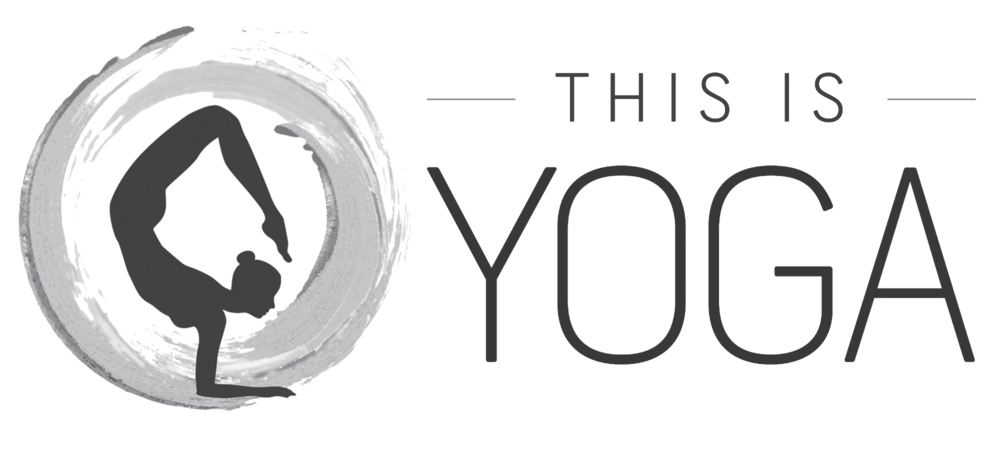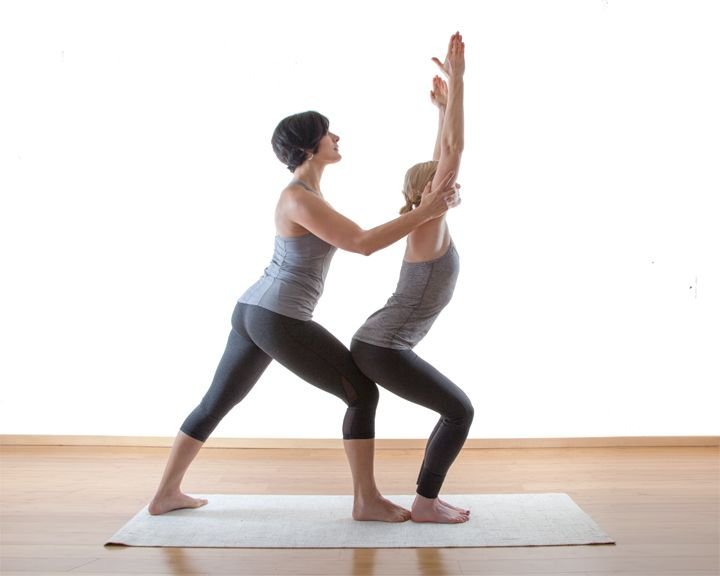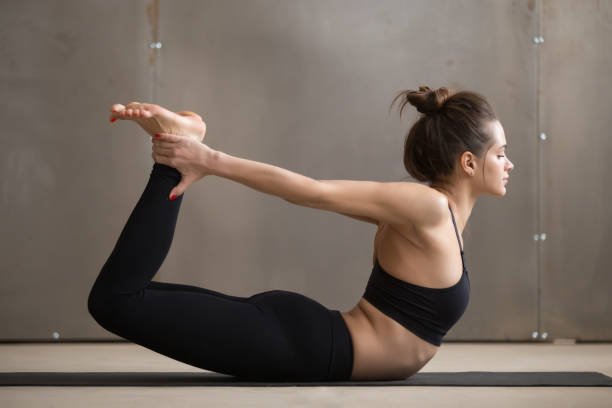What is the vagus nerve?
The vagus nerve is a long and powerful nerve that connects the brain and gut together. It runs from the brain, passing and contacting the tongue, vocal cords, throat, heart, lungs, diaphragm, liver, spleen, large intestine, small intestine, pancreas and kidneys, ending as a ball of nerve endings in the stomach. Hence why it’s often referred to as the ‘wandering nerve’!
The vagus nerve and our relaxation response
The vagus nerve largely contributes to the parts of the nervous system responsible for both the fight or flight and rest and digest responses. And as the vagus nerve connects with the lungs and diaphragm, means the way we breathe affects it. If the vagus nerve senses relaxed, slow breathing, it relays messages to the brain that everything is a-ok, and there’s no need to stress.
Whilst the science behind the nervous system runs deep and you could read about it for hours, there’s no substitute for first-hand experience. Simply put; we know what it feels like when we stimulate the vagus nerve, because we feel more relaxed. Think of the vagus nerve a little like your in-built de-stressor, available to engage with at any time. In a world where many of us are currently experiencing situations that could elicit anxiety and stress, it’s worth knowing how to work with the vagus nerve to bring your body into a state of balance, and empower yourself with your own healing tools.
Five ways to start working with the vagus nerve in yoga
1. Slow deep breathing
Breathing is one of the most simple and effective ways to stimulate the vagus nerve and elicit the relaxation response. Simply taking a slow, long and diaphragmatic breath is enough to encourage the vagus nerve to let the brain know it’s time to relax.
The vagus nerve runs through the throat and vocal cords too however, so specific yogic pranayama techniques like Ujjayi breath and Brahmari breath (humming-bee breath) can be even more powerful. To practice Brahmari breath, take a long breath in and then let out an audible ‘hummmm’ with your mouth closed as you exhale.
2. Singing and chanting
Similar to the way Brahmari breath vibrates the vocal chords, singing and chanting have been shown to work with the vagus nerve to bring the body into a state of ‘rest and digest’. If singing makes you feel self-conscious and stressed, try singing in the shower or singing along with the radio in your car! Any song or mantra you enjoy can help to bring about this response, but the ‘Aum’ or ‘Om’ mantra is particularly effective for cultivating a sense of calm, and is said to send out purifying, positive vibrations to the environment around you.
3. Cold therapy
Have you tried cold showers yet? Popularised by Wim Hof and his style of breath work coupled with cold showers, cold exposure has increasingly been found to help relieve anxiety and stress, stimulate the vagus nerve, and promote healthy mitochondria (the ‘engines’ within each of our cells). If a full-on cold shower isn’t possible, try splashing your face with cold water – especially when in the midst of a wave of worry or anxiety – as this has similar effects, or stepping outside for short amounts of time with minimal clothing in cold weather.
If you want to take this further, combine the cold showers and breathing techniques with yoga targeting the core in our Strong core radiant health program.
4. Meditation
Whether it’s a guided meditation session, or a regular routine of sitting and watching your breath, meditation has been shown to activate the parasympathetic nervous system by slowing the heart rate and breathing, relaxing the muscles of the abdomen, and slowing brainwave activity.
All of these aspects signal to the vagus nerve that the body is in a relaxed and safe state, thus sending messages to the brain to let it know it’s ok to relax. Positive, loving thoughts are also highly beneficial for vagus nerve activity, so try the Buddhist Metta Bhavna or ‘Loving Kindness’ meditation to start with.
5. Gut Heath
The brain and gut are in constant communication via the vagus nerve. Which is why gut health and mental health are so intrinsically linked. In fact, research shows that when it comes to people with food sensitivities, anxiety, gut problems, brain fog and depersonalisation, a poorly functioning vagus nerve is often at play.
Having a good balance of healthy gut bacteria has been shown in numerous studies to positively affect the vagus nerve and contribute to better brain health. If you suffer with digestive issues – reflect upon whether these bouts of indigestion or stomach issues tend to be accompanied by mood swings or brain fog. If the answer is ‘yes’, it’s time to take greater care of your gut, as over 80% of our immune system is actually located within it!
Taking a good quality probiotic can help improve gut bacteria, as can including more pre and probiotics in your meals – think sauerkraut, kimchi, kombucha or kefir. Practices like occasional fasting, ensuring you’re not eating too late at night, and cutting down on refined sugar can also have a positive impact upon gut health, thus reducing anxiety and stress too!






